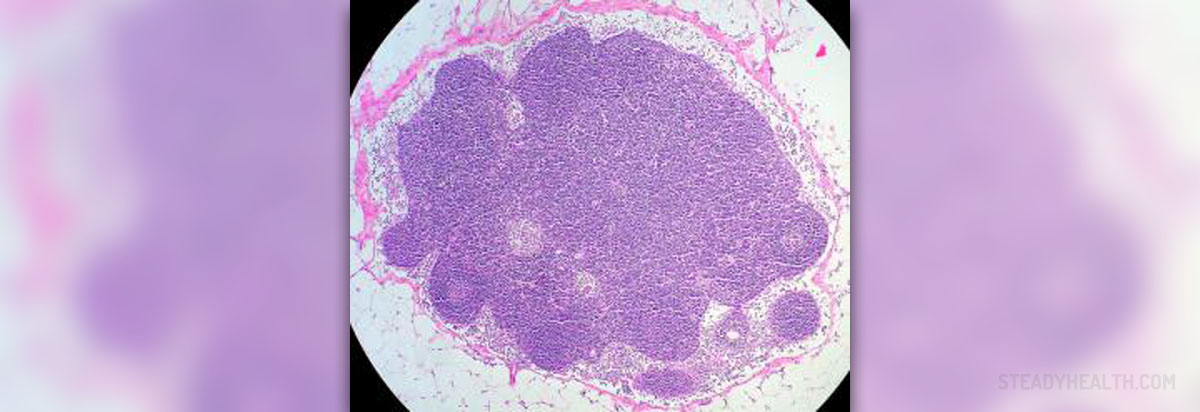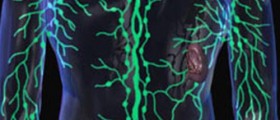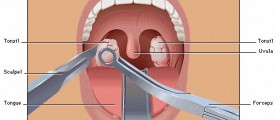The lymphatic system is the part of the immune system of the body and it is made of lymph nodes that are connected with lymphatic vessels. Lymph nodes are mainly made of white blood cells and their main role is to be a filter to foreign particles that penetrate the body. Lymph nodes can be found throughout the body, since they are in the neck, groins, and armpits, as well as in other parts of the human body. The lymph nodes in the neck are also well known as cervical lymph nodes in the neck.

Causes of Swollen Lymph Nodes in the Neck
One of the most common disorders of lymph nodes is their swelling, which occurs due to several reasons. The most usual causes of this condition are sore throat and strep throat, as well as common cold, tuberculosis and tonsillitis, but several viral and bacterial infections, such as rubella, toxoplasmosis and peritonsillar abscess are proven to cause the enlargement of the lymph nodes in the neck, too.
One another cause of this condition is the inflammation of epiglottis, which is medically called epiglottitis, but other possible triggers are sexually transmitted diseases, such as syphilis and HIV/AIDS. Furthermore, many infections that occur in the body, such as skin and ear infection, impetigo, acne and sinusitis, as well s gum disease and dental infection, may cause the swelling of the lymph nodes in the neck. Mouth cancer, larynx cancer, oral cancer, as well as lymphoma, Hodgkin's disease and leukemia are several types of cancer that, in the majority of causes, lead to the appearance of the enlarged lymph nodes in the neck.
- Physical examination, feeling with fingers the nodes in the affected area to check their size and whether they feel hard, tender or warm.
- Lab tests, including blood tests to check for suspected underlying conditions.
- Imaging tests, including an X-ray, computed tomography (CT) scan, magnetic resonance imaging (MRI) or ultrasound test.
- Biopsy to remove sections of lymph tissue or an entire lymph node to examine under a microscope.
Symptoms of Swollen Lymph Nodes in the Neck
The most obvious warning sign of this condition is the swelling that occurs in the neck area and at the back of the head. Furthermore, those people with swollen lymph nodes may experience tenderness and even pain around the ears and under the chin. Red and inflamed skin may occur in the places where it covers a swollen lymph node. Another symptom of the enlarged and painful lymph nodes in the neck includes problems with breathing because of the upper respiratory infection. If the lymph nodes become firm over time, it is possible that they progress into a tumor.
To treat swollen lymph nodes, first of all, the underlying cause should be establishes and then eliminated. For example, if a bacterial infection caused it, specific antibiotics are prescribed.

















Your thoughts on this
Loading...